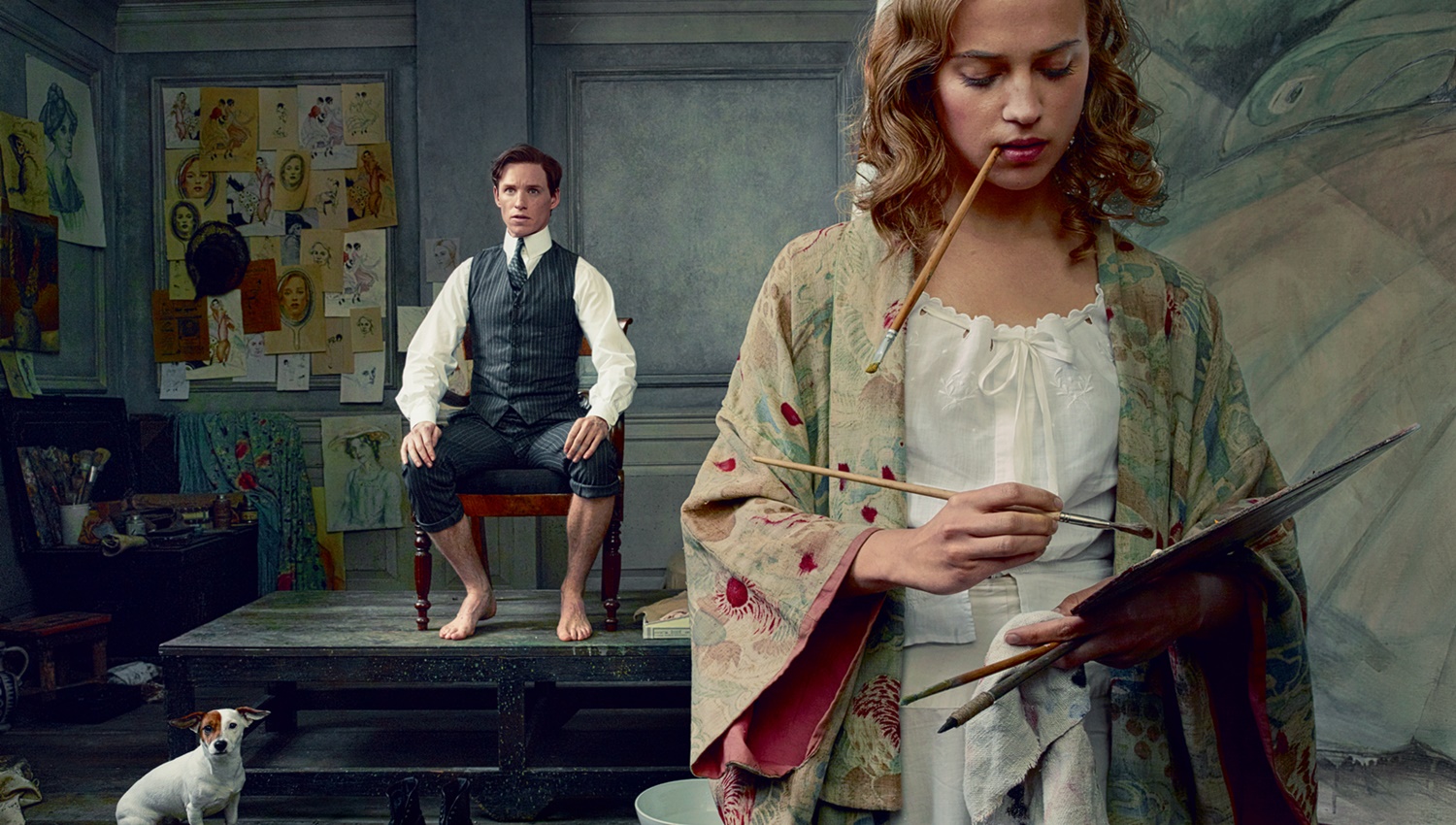
The Danish Girl
Dustin Chase
2015 has been a watershed year when it comes to transgender equality, and the motion picture industry has played its part with a number of important films this year exploring the issue. One might think that The Danish Girl is just another of these. However, considering how many times this project has changed producers, actors, directors and even the true story being fictionalized by the author, it’s a wonder The Danish Girl ever made it to the big screen this or any year. Academy Award winning director Tom Hooper (The Kings Speech, Les Misérables) has finally found a project with some edge, something that isn’t glossy, rounded and shiny, and it’s his best work to date. Screenwriter Lucinda Coxon has adapted the fictional novel into a story that doesn’t become infatuated with the transgender subject matter. This story is about the unconditional love between two people, husband and wife and eventually Gerda & Lili.
“I was wondering when you got so pretty,” Gerda (Vikander) remarks to her husband Einar (Redmayne) as she sketches him lying peacefully in their bed. Both Gerda and Einar are painters living in Copenhagen. While Einar was very successful as a landscape artist, Gerda struggles to have her work shown and sold. After dressing up Einar as “Lili” and painting extraordinary portraits of this mysterious woman Gerda finally earns her recognition. Einar however begins to like the idea of Lili more than himself, and something that he had hidden since childhood is awakened and unwittingly encouraged by his wife. What began as a game ultimately leads to one of them to finding her true self, while the other slowly loses her husband.
Heartbreaking is Vikander’s impassioned and affecting performance as the wife ... she steals the show.
Much like the unconventional love story that won Redmayne an Oscar last year in The Theory of Everything, The Danish Girl explores a peculiar and unusual relationship. Hooper and Coxon delicately present the subject matter in a way that is tasteful, emotional and respectful to Lili Elbe, the first person to ever undergo a sex-change operation. Redmayne’s performance is nearly equal to the strength and bravery he showed last year as Stephen Hawking. He executes the role as Einar/Lili with such grace and inward emotion and confusion spilling out into the open, it’s heartbreaking to watch. Even more heartbreaking is Vikander’s impassioned and affecting performance as the wife who transitions from slowly losing the man she deeply loves to finding a place for herself with Lili. (Staring in five films this year, something we have not seen since the rise of Jessica Chastain, Alicia Vikander is rapidly becoming a household name.) She steals the show in The Danish Girl.
If the film has a fault, it’s in the editing as it rushes through the material. We don’t get enough time to fully understand who Einar is before Lili emerges as the third main character. The script creates a beautifully tragic see-saw effect where only one character can be happy at any given time; when Lili is present, Gerda has no husband, yet when Einar is present he cannot be himself. “It doesn’t matter what I wear,” Einar says to Gerda. “When I dream its Lili’s dreams.” Danny Cohen also did the cinematography for The Kings Speech and stimulates the eyes again here, showcasing some of the most breathtaking sets I have seen all year thanks to Grant Armstrong. Alexandre Desplat’s score never forces the emotion on the viewer, if anything great restrain is shown from all departments, including Hooper, a testament to his growth as a filmmaker.
Final Thought
Vikander and Redmayne deliver two of the most poignant and memorable performances of the year in one of the most heartbreakingly beautiful films.
